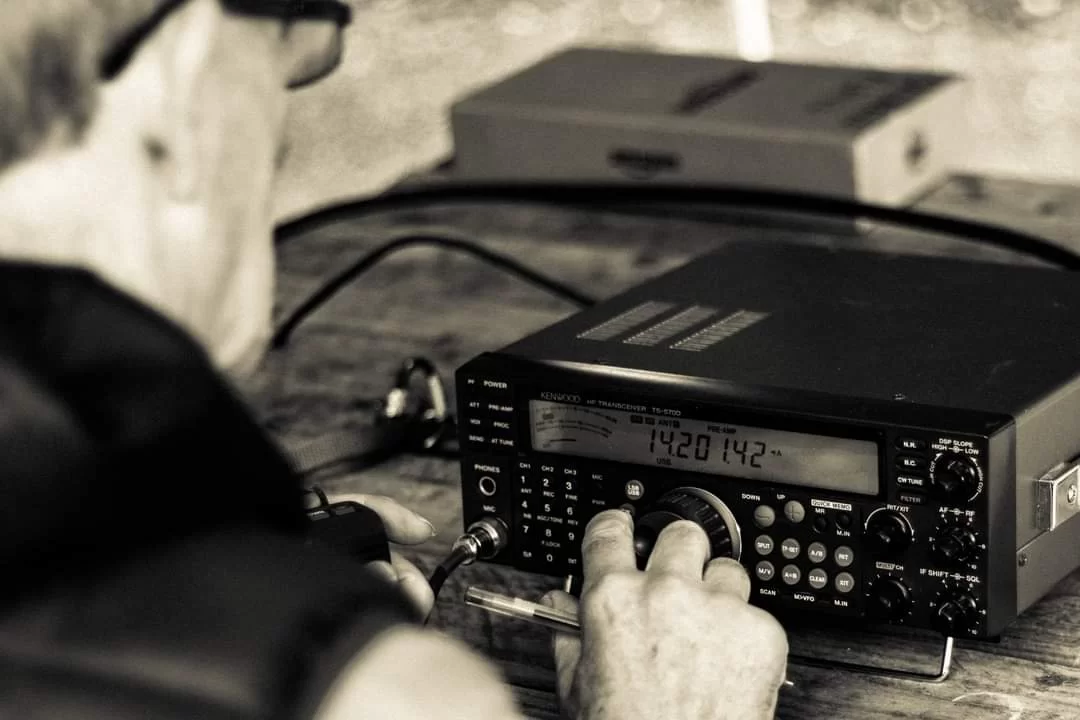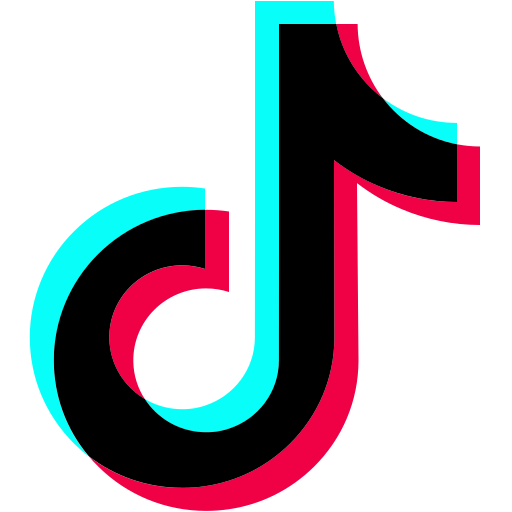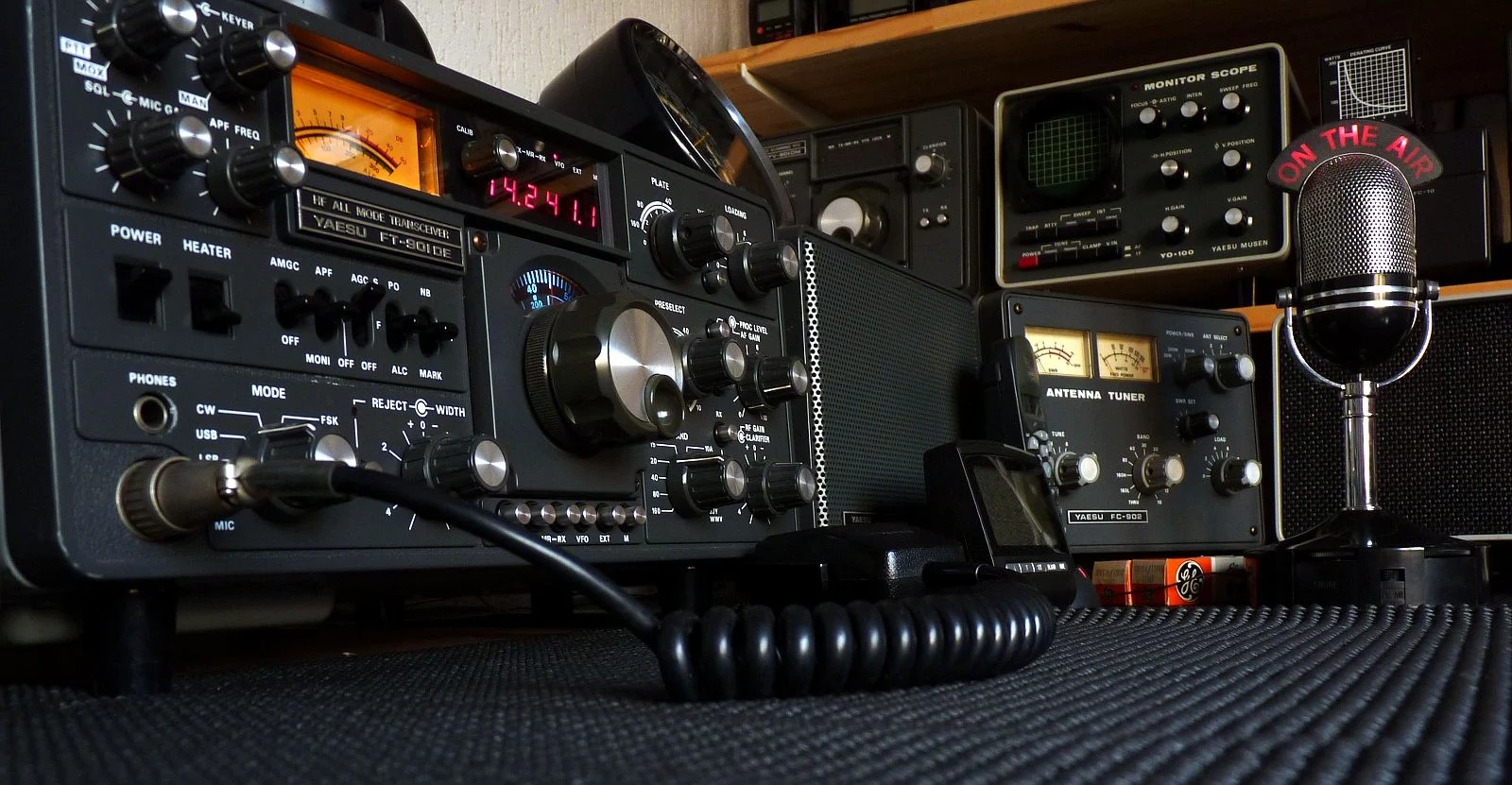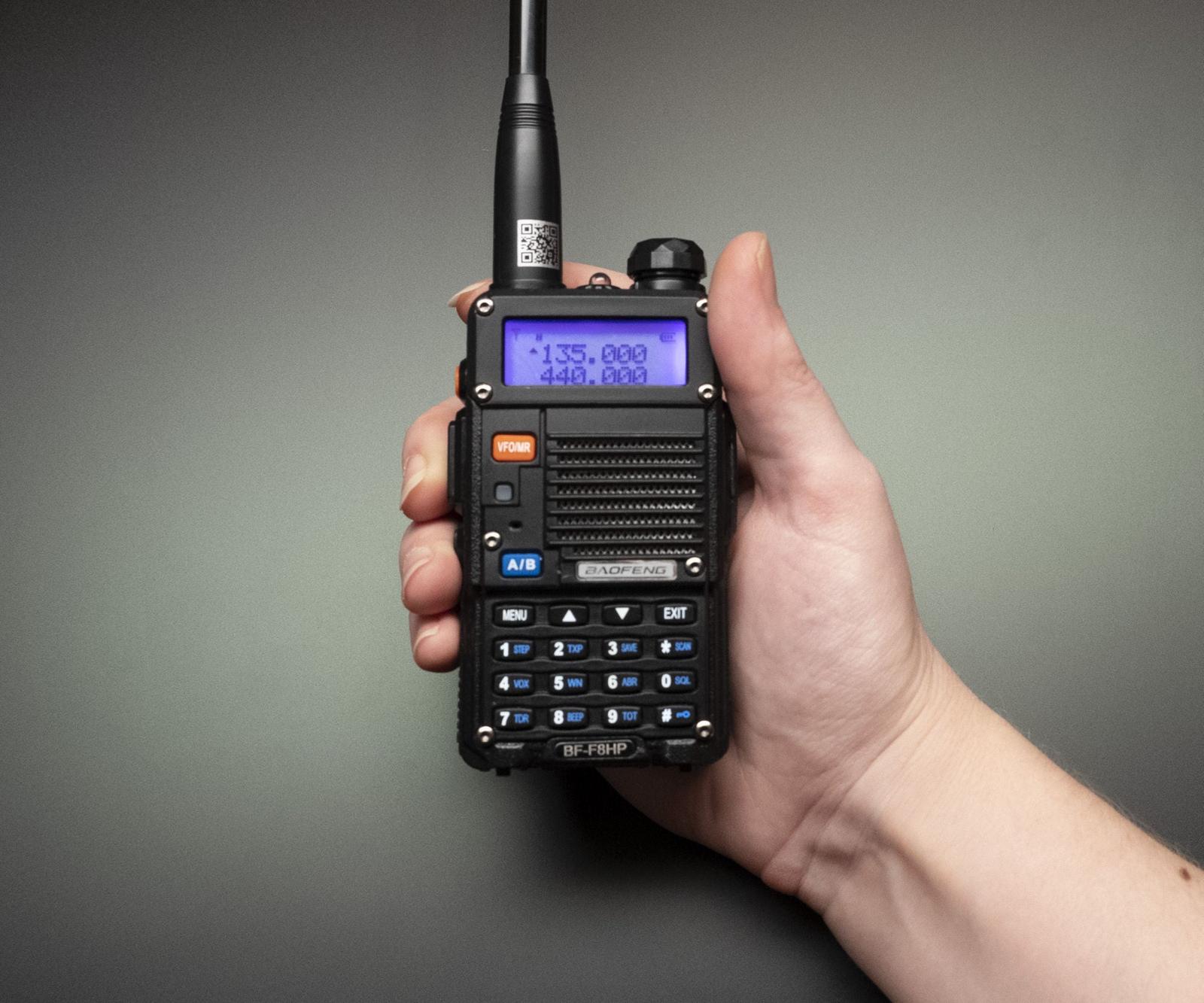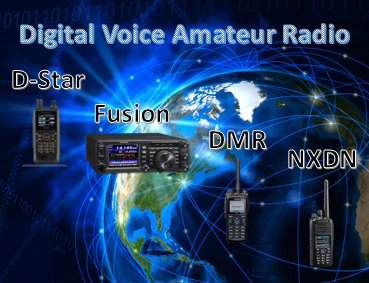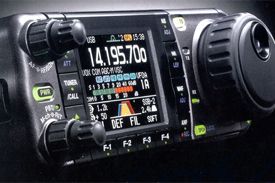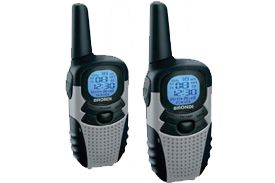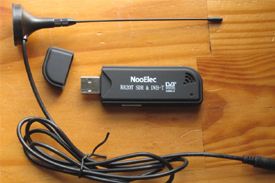Ham Radio In Cork

SKYWAVE GOES GREEN. EI0SW.COM IS NOW POWERED BY SOLAR POWER.
Skywave Amateur Radio Club was established in 2018 to cater for like-minded amateur radio operators interested in the technical and fun aspects of radio operation. We represent the interests of radio enthusiasts in the Cork region and beyond. Our aim is to generate an interest in amateur radio and to introduce newcomers to our hobby while enjoying the benefits of group and community activities.
We are a non-profit organisation and use our unique hobby of Amateur Radio as a focal point, to interact with the public and promote our hobby in a fun and visually technical way. We are proudly affiliated with and insured under the European Radio Amateurs' Organization, (EURAO).
